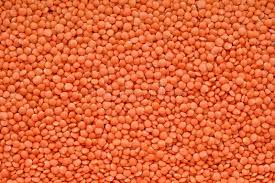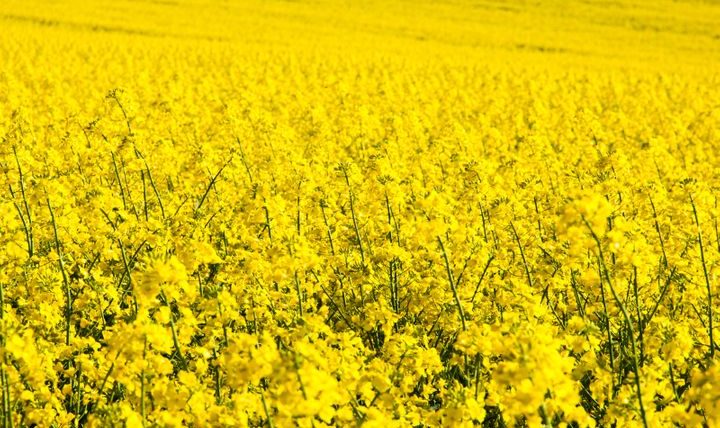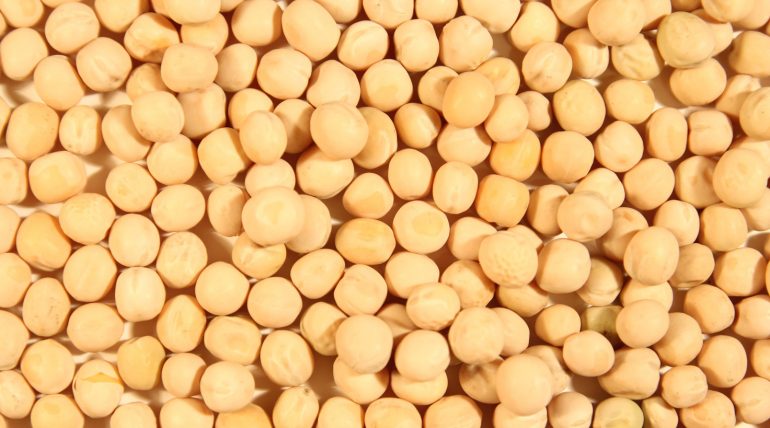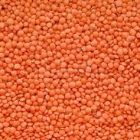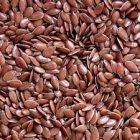We have another political development to watch. This time, it’s the upcoming election in Argentina. First round vote is set for October 22.
Elections are nothing new, but the front runner, Javier Milei, is the leading candidate. One of his campaign pledges is dollarization, which really means pegging the peso to the US dollar with the hope that such action would dampen inflation. Running around 110% per year, the current measure of printing of money and spiraling currency is perceived to be malfunctioning. A US dollar peg was attempted roughly 30 years ago, sort-of worked for a while but lost support during recession, at which point the peg was abandoned in 2002.
We could write a thesis on the Pros vs Cons of a US dollar peg, including the initial groundwork hurdle of building reserves to purchase currency in circulation. Instead, my thought process gravitates to what this might mean in our Agriculture Sphere.
Argentine farmers are known to be reserved sellers. They retain inventory as a hedge against inflation, only recently becoming motivated to sell if a special peso currency program was announced. What happens if currency is pegged to the US dollar? Inflation concern is apt to dissipate. Instead of Argentine farmers back-loading market ready supply to crushers and exporters, the risk becomes front-loaded. And just like the seasonality of cheap Black Sea volume availability during August-October, a cheap volume of Argentine corn and oilseeds would be available around April. Another basketball of volume through gardenhose risk event. It would risk distorting trade flows outright and timing, including the anticipatory nature of it.
It is not a given that Javier Milei will win the election, nor would he adopt a US dollar peg, nor even be able to do it expeditiously. But to think it won’t happen is a mistake.
WRAP: Argentina crushes most of it soy and is considered a major oil and meal exporter. In a normal year, Argentina can be expected to export about 40 MMT of corn. While US has biased demand growth policy to domestic ethanol and biofuels in past 15 years, the US and all know this, has progressively become the residual supplier of grains and oilseeds to the world, surrounded by a growing presence and theme of cheaper offshore choices or origins. Argentina could risk joining the list of countries like Brazil and Black Sea motivated to sell, each at different calendar points.

